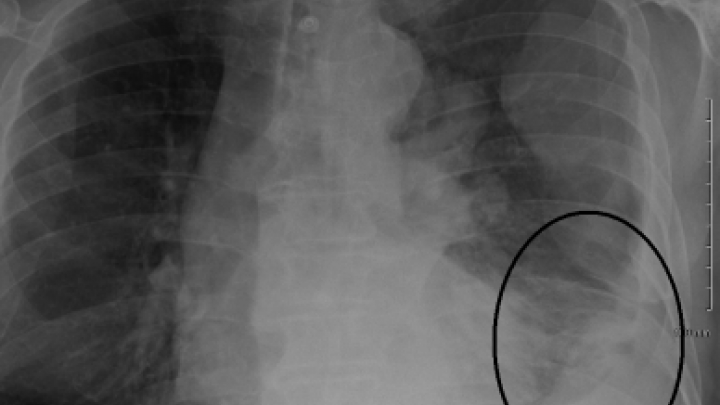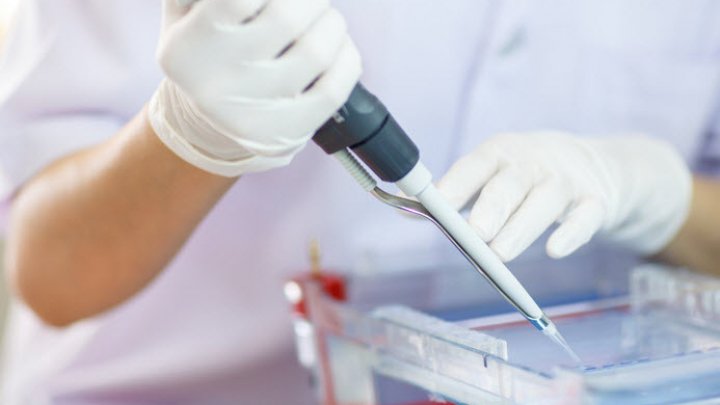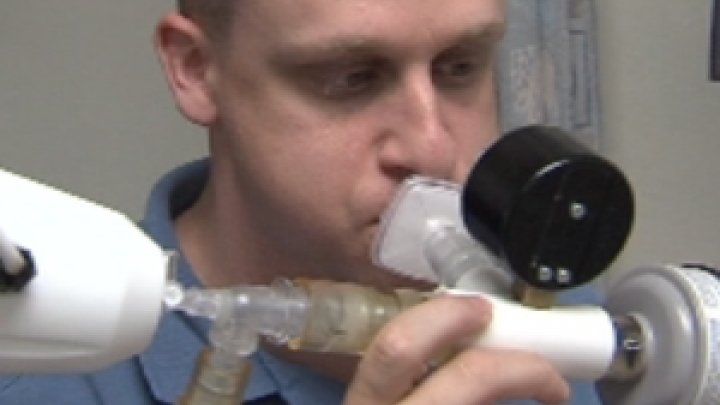Understanding Cancer Clinical Trials: Evaluating Differences in Phases
Every day, thousands of researchers across the world work on developments for new cancer protocols, medications, tools and treatments that help detect cancer faster and help cancer patients live longer. These innovations have to start somewhere. That "somewhere" for new medications is a clinical trial, which typically has four distinct phases where researchers develop and test a drug and treatment. If you are considering enrolling in a clinical trial, understanding the phases can help determine at what phase you are engaging in the research.
Phase I
Phase I trials are typically the smallest of the phases. The process involves enrolling about 20 or more people whose cancer is so advanced that a standard treatment does not exist or would be ineffective. Instead of studying for effectiveness, Phase I trials are examining for safety. Researchers are trying to determine if the drug or combination of medications are safe for the body, and at what dosages they are safe. While the purpose of this clinical trials phase is not to test a medication's effectiveness, the researchers do observe for initial changes in the body that could indicate the treatment's efficacy.
Phase II
Phase II clinical trials are a more focused look at how the treatment affects a particular patient population. For example, Phase II clinical researchers will enroll anywhere from 100 to 300 patients with the same cancer type. This phase continues to evaluate the safety and effectiveness of a particular drug. However, safety and effectiveness are not compared against other standard therapies and treatment protocols at this phase.
Only one-third of the medications that reach Phase II proceed to the next phase, according to the Medical Associates Research Group, Inc.
Phase III
Like the phases before it, Phase III clinical trials involve enrolling a larger group of people to determine a drug's effectiveness. Thousands of people may participate in a Phase III clinical trial. The trial is conducted via randomization, where some patients are given the typical treatment while others are given the new treatment type. This is performed to truly determine how well a drug could work on the general population and if it could be preferable to the current treatment of choice. A drug can only move onto the Phase III trial stage if it has shown promise in Phases I and II. If the drug does not, the research trials would likely be stopped.
Monitoring side effects and long-term effectiveness are also very important in this clinical trials phase. The researchers must prove the drug is safe for long-term use and will help cancer patients experience positive results. An estimated 80 percent of drugs that reach Phase III trials will complete the trials, according to MARG.
Phase IV
While some medications may not have an official "Phase IV" clinical trial, pharmaceutical manufacturers are constantly monitoring a medication's usefulness and effectiveness. During this phase, the manufacturers are examining how the drug works across different patient populations, such as differences in race, gender and more.
The National Institutes of Health maintains a website called ClinicalTrials.gov that lists more than 160,000 studies currently taking place. To find out if you qualify for a particular study or trial phase, visit this website or talk to your physician about the potential for clinical trial participation.






















